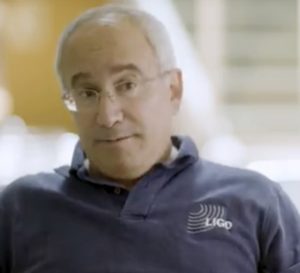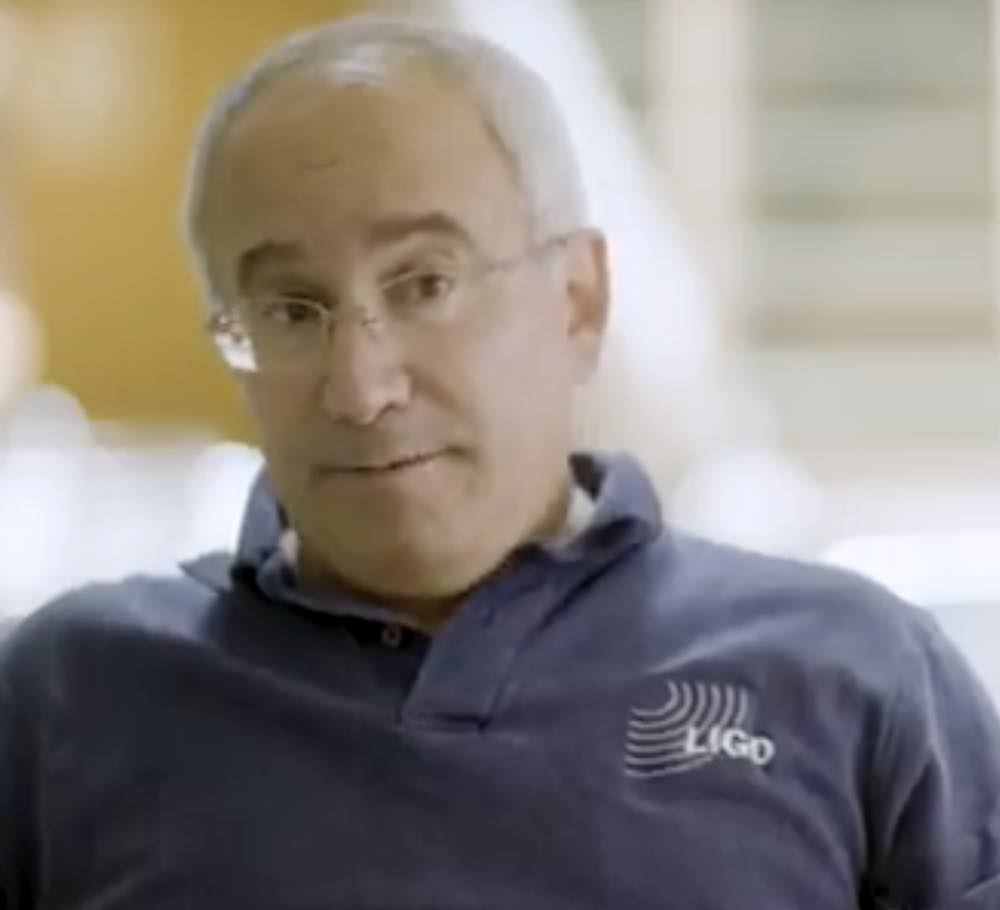
Alan Weinstein, Head, LIGO Lab Astrophysics Group, Caltech
In this video from the SC17 HPC Connects series, researchers discuss the role of high performance computers in the Nobel Prize-winning LIGO (Laser Interferometer Gravitational-Wave Observatory) collaboration. The just-announced prize was awarded for the discovery of gravitational waves, originally theorized 100 years ago by Albert Einstein in his general theory of relativity.
“We are only now beginning to hear the vibrations of space-time that are all around us—we just needed a better ear. And when we detect that, we’re detecting the vibrations of everything that has ever moved in the universe. This is real. This is really there, and we’ve never noticed it until now.”
LIGO, funded by the National Science Foundation, uses incredibly sophisticated geographically-distributed laser detectors to find the elusive sounds in the universe that prove the existence of gravitational waves.
Registration is now open for SC17, which takes place Nov. 12-17 in Denver.





I don’t want to offense anybody, but I simply don’t like these exaggerations: “we’re detecting the vibrations of everything that has ever moved in the universe” …
We all know that we can detect only things from the visible universe. The vibrations are moving at light speed, so that same is true for them as for light. There is still a portion of universe that is unobservable currently …
And LIGO is still VERY GREAT … ok?